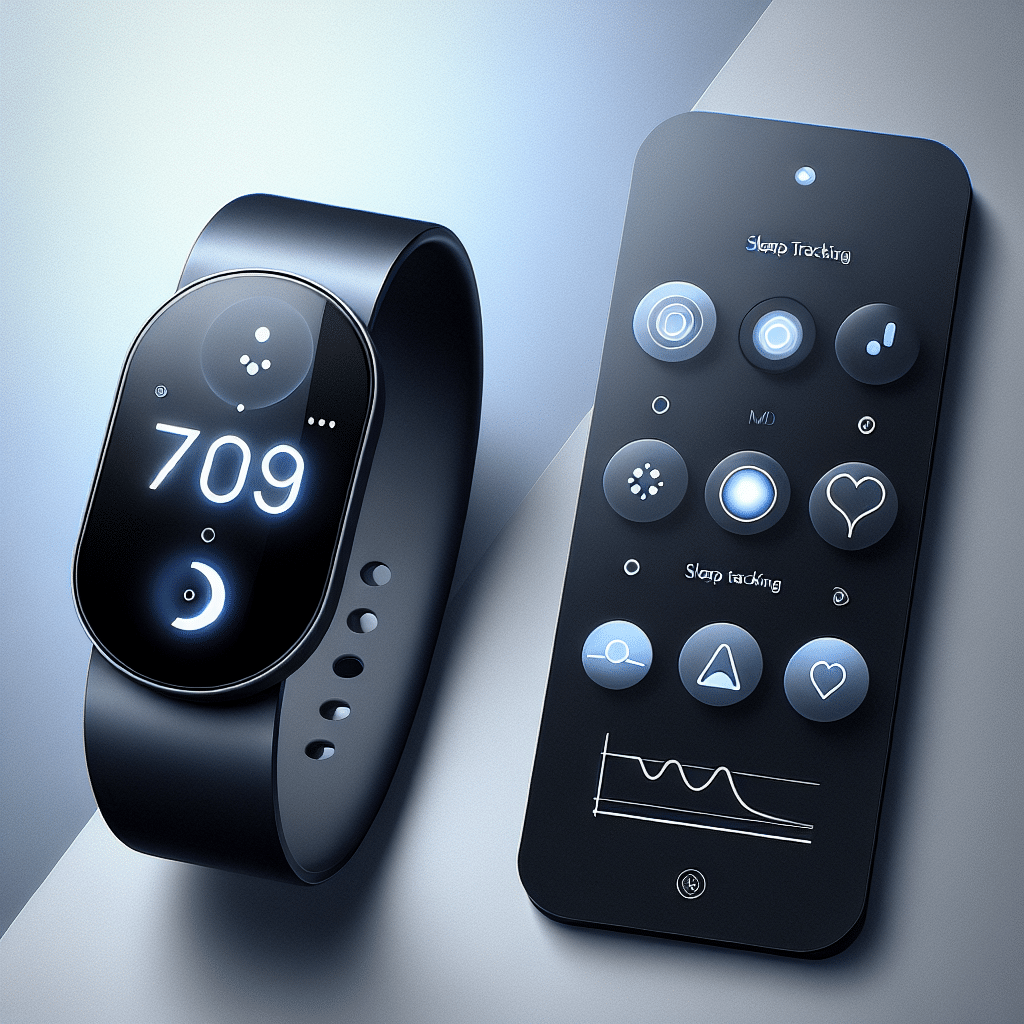Understanding Activity Trackers with Sleep Tracking
What Are Activity Trackers?
Activity trackers are wearable devices designed to monitor and analyze physical activity. They keep track of steps taken, distance traveled, and calories burned, providing users with insights into their daily routines. Most modern activity trackers also come equipped with features targeting health improvement, including heart rate monitoring, GPS tracking, and particularly, sleep tracking.
Importance of Sleep Tracking
Sleep is fundamental to our overall health. Proper sleep contributes to mood regulation, cognitive function, immune response, and cardiovascular health. Insufficient sleep can lead to various health issues, such as obesity, diabetes, and heart disease. Understanding and optimizing sleep patterns can enhance your quality of life, making sleep tracking an invaluable feature of modern activity trackers.
Key Features of Sleep Tracking
1. Sleep Duration
One of the primary metrics of sleep tracking is the duration of sleep. Most activity trackers provide details about how many hours you sleep each night. This feature allows users to compare their sleep duration against recommended amounts, typically 7-9 hours for adults.
2. Sleep Stages
Advanced activity trackers analyze the different stages of sleep—light sleep, deep sleep, and REM sleep. Light sleep is when your body is resting but can still be easily awakened. Deep sleep is crucial for memory consolidation and physical rejuvenation. REM sleep supports cognitive functions like learning and creativity. By understanding sleep stages, users can gain insights into their sleep quality.
3. Sleep Quality Assessment
In addition to duration and stages, sleep trackers evaluate overall sleep quality. This often involves metrics such as how many times you wake up during the night and how long it takes to fall asleep. Many devices use algorithms to calculate a “sleep score,” giving users an easy, interpretable measure of their nightly rest.
4. Smart Alarms
Some activity trackers feature smart alarms that wake you up during a light sleep phase rather than deep sleep. This can help you feel more refreshed in the morning, as waking up during light sleep is less jarring than waking during deep sleep.
5. Real-time Feedback
Real-time feedback allows users to adjust their behaviors based on immediate data. Many trackers can offer suggestions on improving your sleep environment—like reducing light exposure or optimizing room temperature—enhancing your overall sleep quality.
Leading Brands and Devices
Fitbit
Fitbit is one of the pioneers in activity trackers with robust sleep tracking features. The Fitbit Charge series and the Versa models provide comprehensive sleep insights, including breakdowns by sleep stage and personalized recommendations. Their app offers comparison tools, allowing users to see historical data and trends over weeks or months.
Garmin
Garmin’s fitness trackers, like the Vivosmart and Forerunner series, incorporate sleep tracking with advanced health metrics. Garmin not only tracks sleep duration and stages but also gives insights into how factors like daytime stress levels can impact nighttime rest.
Apple Watch
The Apple Watch integrates seamlessly with its health ecosystem, offering sleep tracking capabilities that monitor sleep duration and provide insights through its Health app. While it may lack some advanced features of dedicated trackers, its integration with other health apps makes it a popular choice.
WHOOP Strap
The WHOOP Strap focuses heavily on performance, providing sleep insights that are linked directly to athletic performance. This device requires a subscription but offers in-depth analysis, including recovery metrics and how your sleep impacts daily training.
Best Practices for Improving Sleep With Trackers
1. Set a Sleep Schedule
Use your tracker to identify your optimal bedtime and wake-up time. Consistency helps regulate your body’s internal clock.
2. Limit Screen Time Before Bed
Trackers may alert you when you’re too stimulated in the hours leading up to sleep. Reducing screen exposure can improve sleep quality, a fact corroborated by sleep experts.
3. Create a Relaxing Pre-Sleep Routine
Build a calming routine that signals to your body it’s time to wind down. Meditation, reading, or gentle stretching can improve your likelihood of a good night’s sleep.
4. Optimize Your Sleep Environment
Utilize feedback from your tracker. For example, adjusting room temperature, using blackout curtains, or minimizing noise can significantly enhance the efficacy of your sleep.
5. Monitor Lifestyle Choices
Keep an eye on how factors like caffeine intake and exercise affect your sleep. Many trackers allow users to log these variables to spot patterns in their sleep quality.
The Future of Sleep Tracking Technology
As technology advances, sleep tracking capabilities are becoming more sophisticated. Future activity trackers may incorporate features like sleep apnea detection, detailed heart rate variability analysis, and AI-driven personalized recommendations. Devices could also start integrating with smart home systems to optimize environments based on tracked data, enhancing conditions for better sleep.
Conclusion
Combining physical activity with sleep insights empowers individuals to lead healthier lives. Activity trackers with sleep tracking provide essential data that enhances knowledge of personal health, ultimately leading to better sleep hygiene and improved overall wellness. By leveraging these devices, users can make informed adjustments to their routines, forging paths toward deeper, more restorative sleep.
